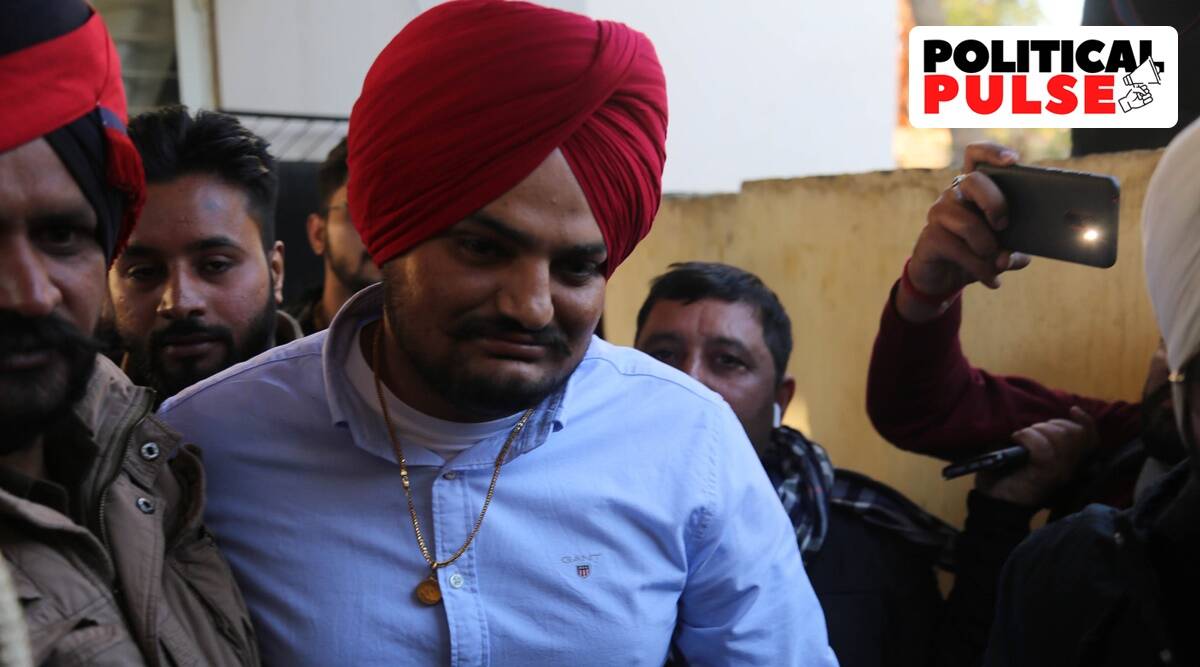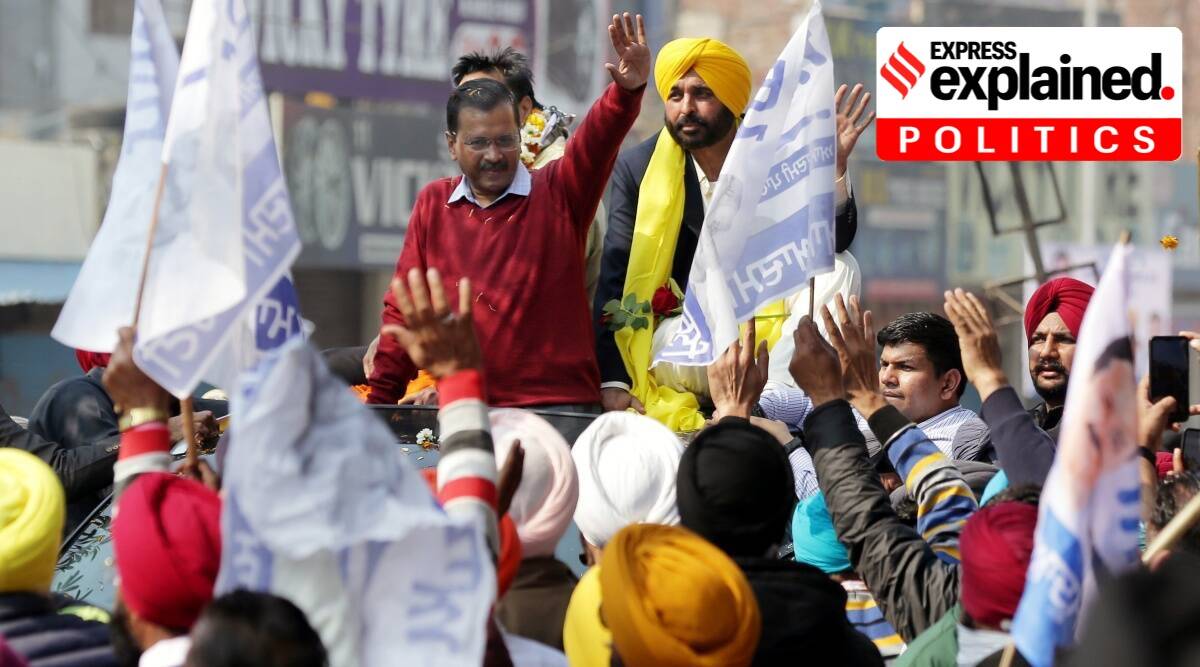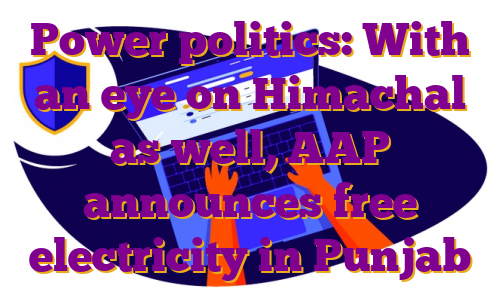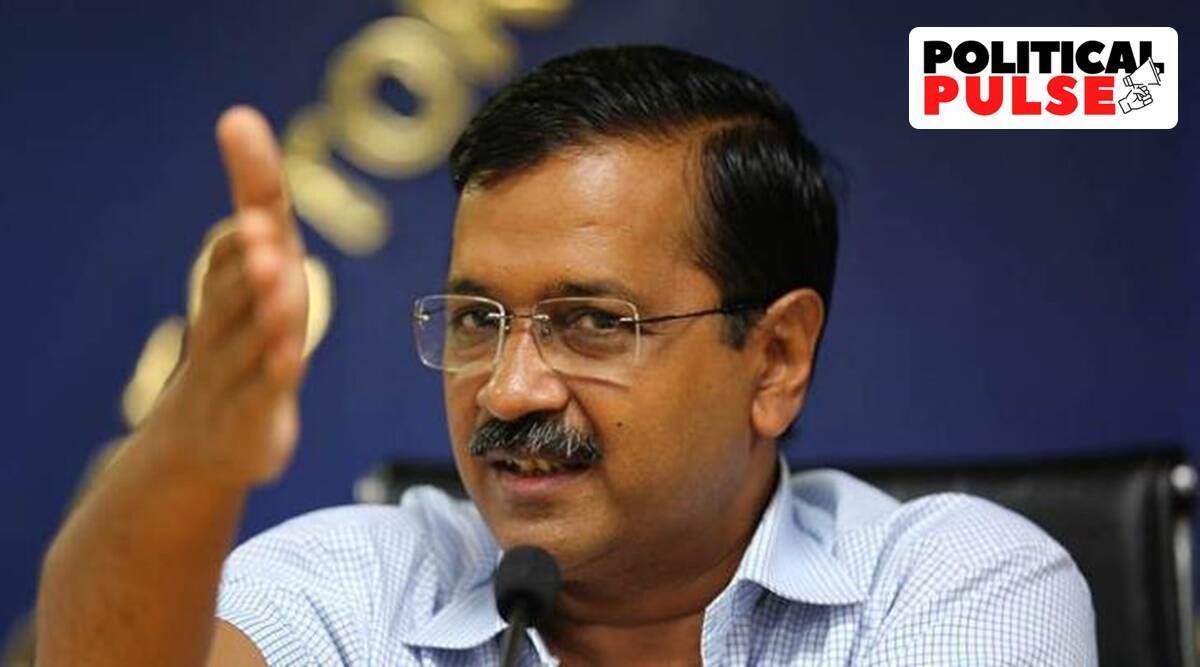The Chandigarh Housing Board is going to sell 154 vacant units through e-tender. Of the total units, there are about 53 residential units on freehold basis, two commercial units on freehold basis and 99 commercial units on leasehold basis. The bids will start from August 16 and will close on September 6 (10 am). The e-Tender process is open for all the citizens of India as well as NRIs/PIOs above 18 years of age. Those already possessing property (residential or commercial) can also participate in the e-tender.
According to the board, the reserve price of 17 residential units in Indira Colony, Mani Majra, has been reduced by 15 per cent in comparison with last tender details. The reserve prices of as many as 98 commercial units on leasehold basis have been reduced by 15 per cent as well.
The built-up dwelling units will be allotted to the highest eligible bidder, quoting above the reserve price of the unit. GST will not be applicable on the consideration/premium of the unit.
“All willing participants may visit the official website of the Chandigarh Housing Board http://www.chbonline.in to understand the detailed procedure for submission of earnest money deposit (EMD) and e-bids. The terms and conditions and the detailed list mentioning localities/sectors of the built-up units and reserve price can be downloaded from the official website of the Chandigarh Housing Board,” a statement issued said.
In order to submit the e-bids, one is required to get themselves registered at https://etenders.chd.nic.in. A valid e-mail id, mobile number and digital signature are the basic requirements to participate in the e-tender process.
“Bidders are free to revise their bid amount (increase or decrease) for any number of times, till closure of the e-tender process. The whole process is transparent and fair. The number of e-bids submitted and the identity of bidder remain confidential till the opening of e-bids. Even officers of the CHB and National Informatics Centre (NIC) cannot find out such details prior to opening of e-bids,” it was added.
Stickers have been put up at the built-up units for better identification and site offices have been provided at different sectors/location to facilitate inspection by prospective
bidders.
The location of each unit is available on Google Maps, and addresses of site offices and contact details of officials are available on http://www.chbonline.in.
!function(f,b,e,v,n,t,s)
{if(f.fbq)return;n=f.fbq=function(){n.callMethod?
n.callMethod.apply(n,arguments):n.queue.push(arguments)};
if(!f._fbq)f._fbq=n;n.push=n;n.loaded=!0;n.version=’2.0′;
n.queue=[];t=b.createElement(e);t.async=!0;
t.src=v;s=b.getElementsByTagName(e)[0];
s.parentNode.insertBefore(t,s)}(window, document,’script’,
‘https://connect.facebook.net/en_US/fbevents.js’);
fbq(‘init’, ‘444470064056909’);
fbq(‘track’, ‘PageView’);
.


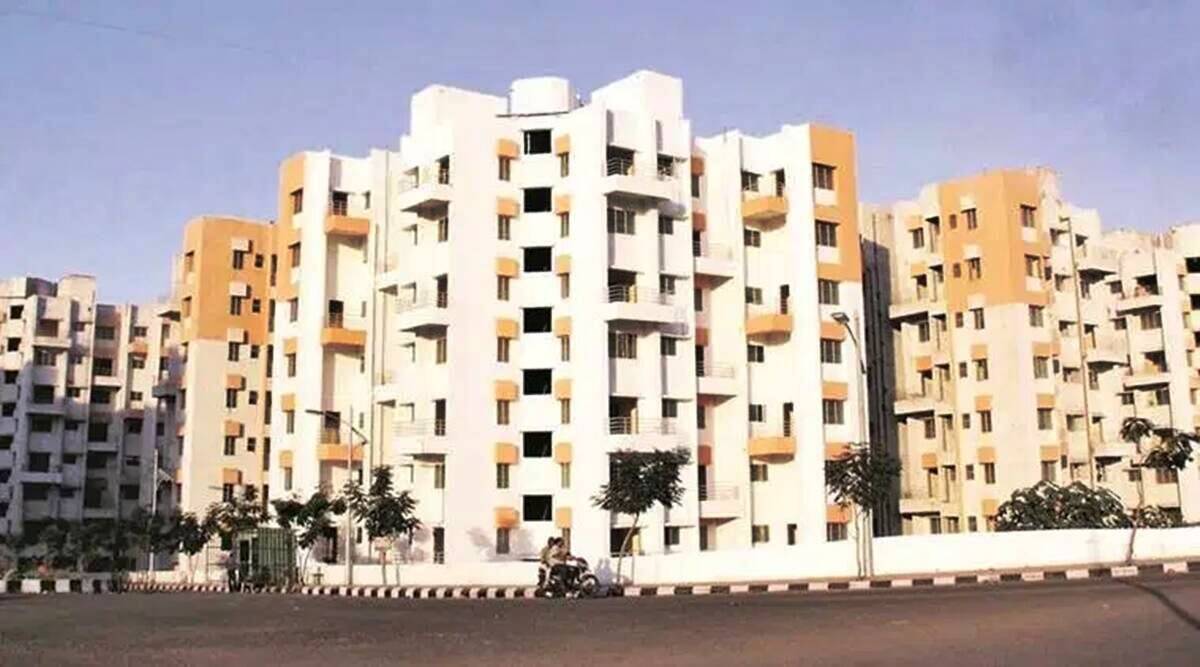

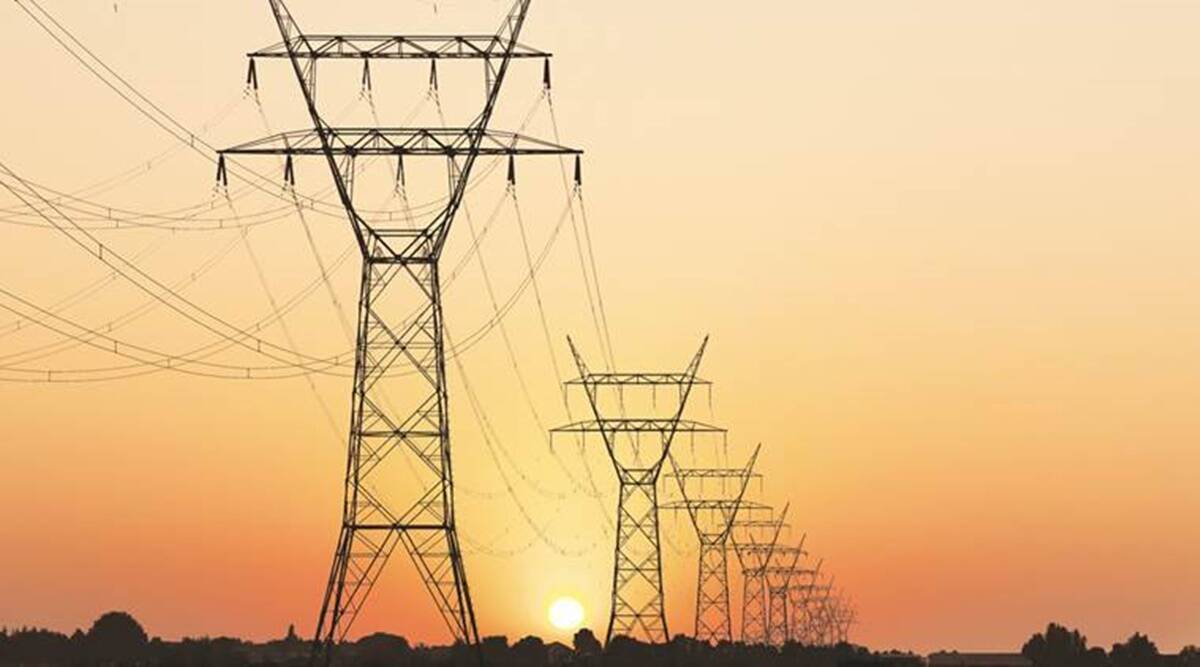


 Sidhu Moose Wala was shot at least 10 times while he was in his car.
Sidhu Moose Wala was shot at least 10 times while he was in his car.
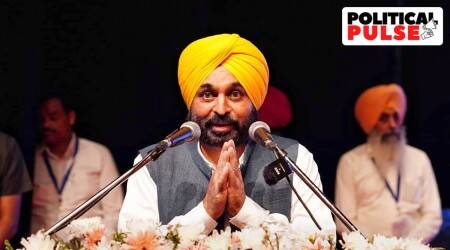


 People gather at Mansa Civil Hospital where Sidhu Moose Wala was taken to after being shot.
People gather at Mansa Civil Hospital where Sidhu Moose Wala was taken to after being shot. Sidhu Moose Wala’s mother mother Charan Kaur.
Sidhu Moose Wala’s mother mother Charan Kaur.